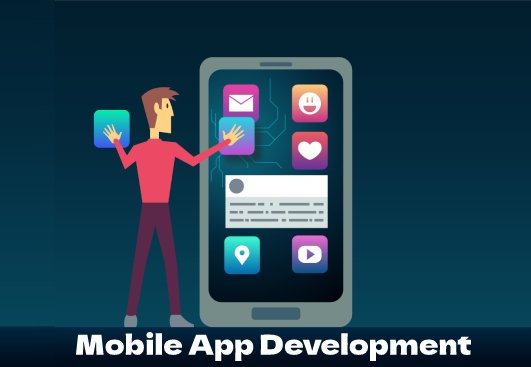It’s 2025, and Indian businesses aren’t just adapting to AI—they’re running with it. Across industries like retail and healthcare, companies are using smart mobile apps to speed up operations, wow their customers, and get more done every day. The secret? Teaming up with the right app development company in India. That partnership opens the door to everything AI can offer.
AI’s Not Extra Anymore—It’s Essential
Let’s face it: if you want to stay in the race, AI isn’t optional. Developers in India are building apps loaded with features like chatbots, predictive analytics, and spot-on recommendations. These apps don’t just sit there—they learn what users do, automate boring tasks, and serve up experiences that actually feel personal. That’s what keeps people coming back.
Work with a skilled Indian app developer, and you’ll get an app that’s not just smooth and efficient—it keeps up as trends shift and your business grows.
Why Indian App Developers Stand Out
A lot of businesses pick Indian app development companies for their AI-powered projects, and here’s why:
Affordable Doesn’t Mean Basic
You get top-tier apps without blowing your budget, whether you’re a startup or a big company.
Real Talent, Real Results
Indian developers know their stuff—AI, machine learning, natural language processing, all of it. That means your app comes out innovative, stable, and ready to scale.
Flexible Ways to Work
Need a full team, just a few extra hands, or a project delivered start-to-finish? Indian companies offer all kinds of setups, so you can pick what fits.
All-in-One Service
From brainstorming and design to launch and long-term support, you get everything you need in one place.
How AI Features Push Businesses Forward
Here’s what AI-powered mobile apps are actually doing for businesses in India:
Chatbots That Get It: Customers get answers fast and support that actually helps.
Predictive Analytics: Your app spots trends and helps you plan your next move before your customers even ask.
Personalized Everything: Content, offers, alerts—all tailored to what each person really wants.
Automated Tasks: Less grunt work for your team, more time for the stuff that matters.
With the right developer, these features add up to serious time savings, lower costs, and better results all around.
Choosing the Best Partner
If you’re hunting for an app development company in India, look for experience with AI, a track record of successful projects, clear and open communication, and reliable support after launch. You want a partner who gets your business and helps you hit your goals—not just someone who builds an app and disappears.
The Bottom Line
AI-powered mobile apps aren’t just a trend—they’re transforming how Indian businesses work in 2025. They help companies connect with customers, automate the busywork, and get ahead of the competition. Choose a skilled team in India, and you’ll build apps that aren’t just smart—they’re ready for whatever comes next.
Start investing in AI-powered mobile apps now, and you’ll set your business up for a future that’s efficient, customer-focused, and built to grow.




